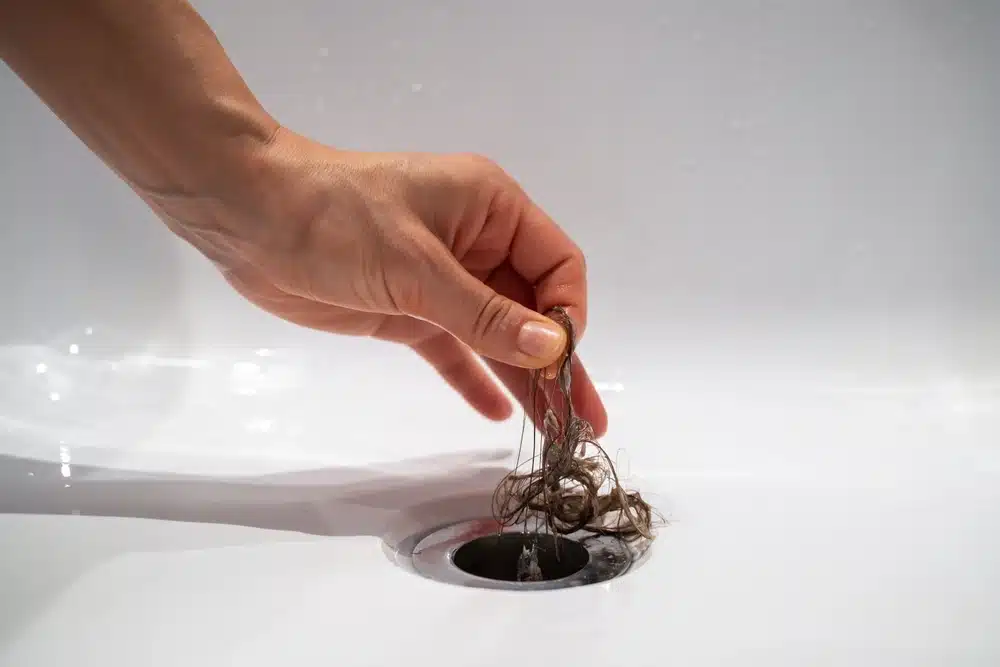Folliculitis is a common skin condition that can cause hair loss, depending on where the condition occurs. If it occurs on the scalp, it is often referred to as ‘scalp folliculitis’.
What is folliculitis?
Folliculitis is a skin condition in which the hair follicles are inflamed. This is usually caused by a bacterial infection, although it can also be the result of a fungal or viral infection.
While cases of folliculitis aren’t life-threatening, they can be extremely itchy, sore and embarrassing for those suffering. If you have a really severe infection on the scalp, there is the possibility that is can cause permanent hair loss and scarring.
How do I know if I have folliculitis?
There are many different signs of folliculitis. These can include clusters or small red bumps or white-headed pimples located around hair follicles. If you have a more severe case, you may have pus-filled blisters that break open and crust over.
Often, the skin affected by folliculitis can be painful and tender, or even itchy and burning.
What causes folliculitis?
Folliculitis is typically caused by an infection of hair follicles with Staphylococcus aureus bacteria. However, it can also be caused by viruses, fungi, or even inflammation from ingrown hairs.
Those who have curly hairs may suffer from chronic folliculitis. Those who shave will find that the hairs quite often become ingrown, causing folliculitis to occur. Referred to as pseudofolliculitis barbae, it is most noticeable on the face and neck.
Another common cause is a hot tub that is not well maintained. The main culprit here is pseudomonas bacteria, which thrives in hot tubs and heated pools where the pH and chlorine levels are not maintained. This is referred to as pseudomonas folliculitis.
How can I treat my folliculitis?
Because folliculitis is caused by a variety of methods, there are various different ways to treat it.
If you have curly hair, it might be best to avoid tight clothes and to grow a beard. If you need to have a clean face, try to avoid shaving. Instead, use other methods, such as waxing or depilatory creams.
If you develop folliculitis a lot from hot tub usage, try to adjust the pH balance of the hot tub to prevent pseudomonas bacteria from developing in the water. Chlorine should also be added.
Most cases of folliculitis will clear up within a few days. However, if your condition is widespread, or if it doesn’t clear up after a couple of days, make an appointment with your GP. You may need antibiotic or antifungal shampoo to help control the condition.


